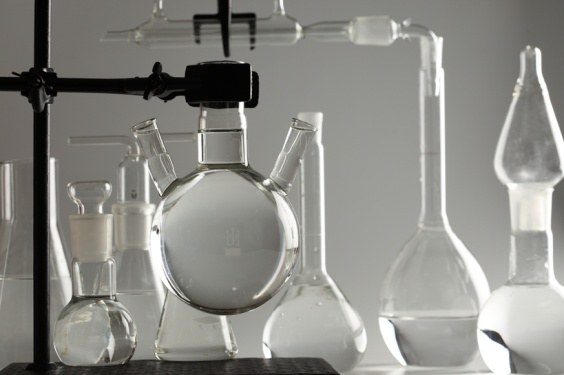You will need
- - indicator paper;
- laboratory pipette or plastic tube;
- - transparent container;
- - the indicator substance;
- - pH meter.
Instruction
1
There are quick and simple, though not very accurate way of determining the acidity of water using indicator papers (stripes). You can buy them in stores or get chemicals in laboratories. The packaging always has a reference scale of comparison, where each value of pH corresponds to a certain color – from cherry red (strongly acidic environment, pH =0) to dark blue (highly alkaline environment, pH = 14).
2
To determine the acidity of water, with a laboratory pipette or plastic tube to put one drop on the test strips. In extreme cases, just dip the tip of the strip into the water. Then quickly compare the resulting color with a standard scale. The strip changes color only in the case where pH of water is close to neutral indicator (7,0).
3
If such pieces of paper (strips) no, you can use the solutions of indicators. From school chemistry course you're probably familiar with the names of: litmus, methyl orange, phenolphthalein.
4
Pour water into a transparent container, add each bit of the indicator substance. Then, rate the color change. Litmus in acidic medium takes red and alkaline is blue. Phenolphthalein in an alkaline environment becomes bright crimson. Methyl orange in strongly acidic environment takes red, and in a weakly acid medium becomes yellow. Of course this method is suitable only for determining the nature of the environment of the aqueous solution. About any precise pH value there can be no question.
5
Most accurately you can determine the pH (i.e. the acidity level) use the special tools – pH-meters. They are available in a very wide range. There is a simple, compact pH meters that you can use literally anywhere, there is a very complex and expensive, are used only in laboratories. The principle of operation of such devices is based on measuring the electric potential of a reference electrode immersed in the test solution.
